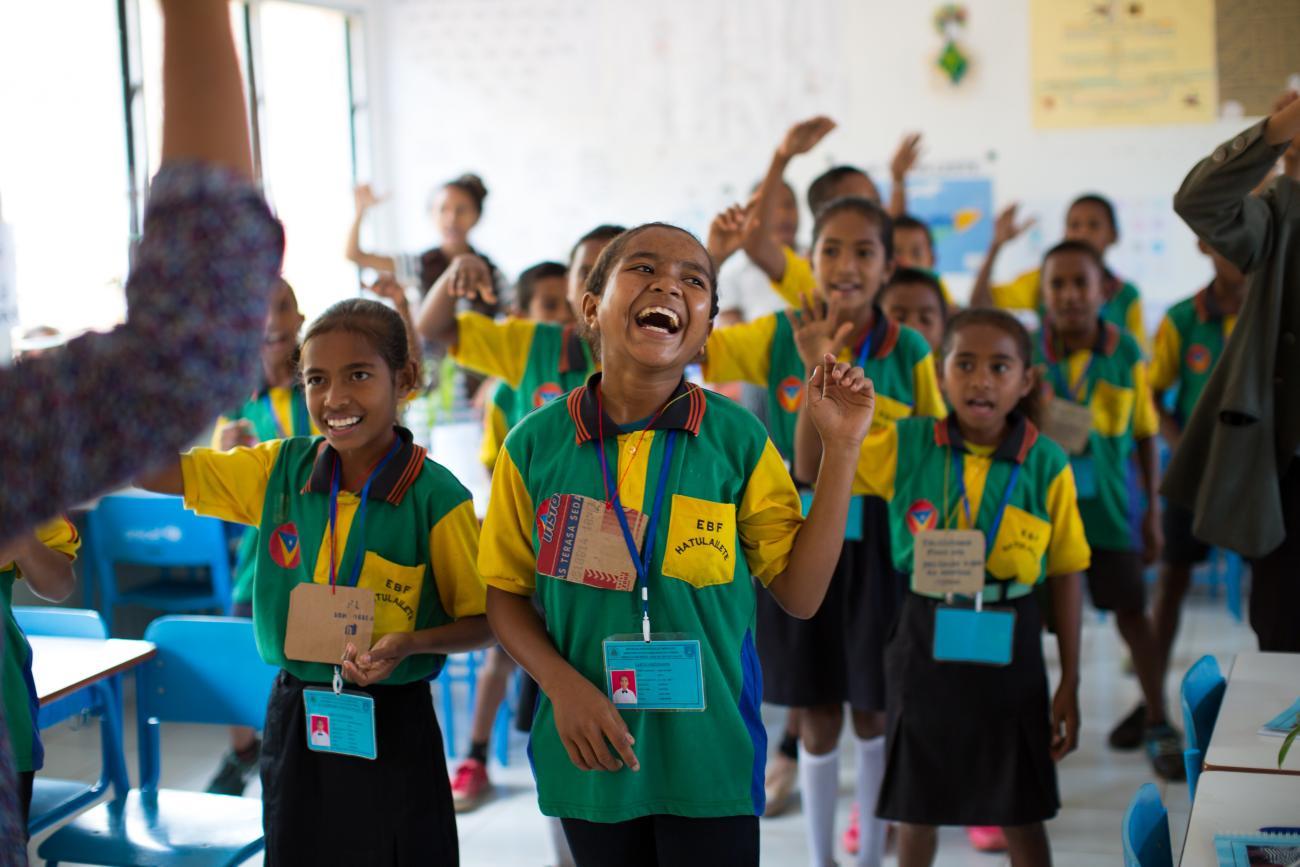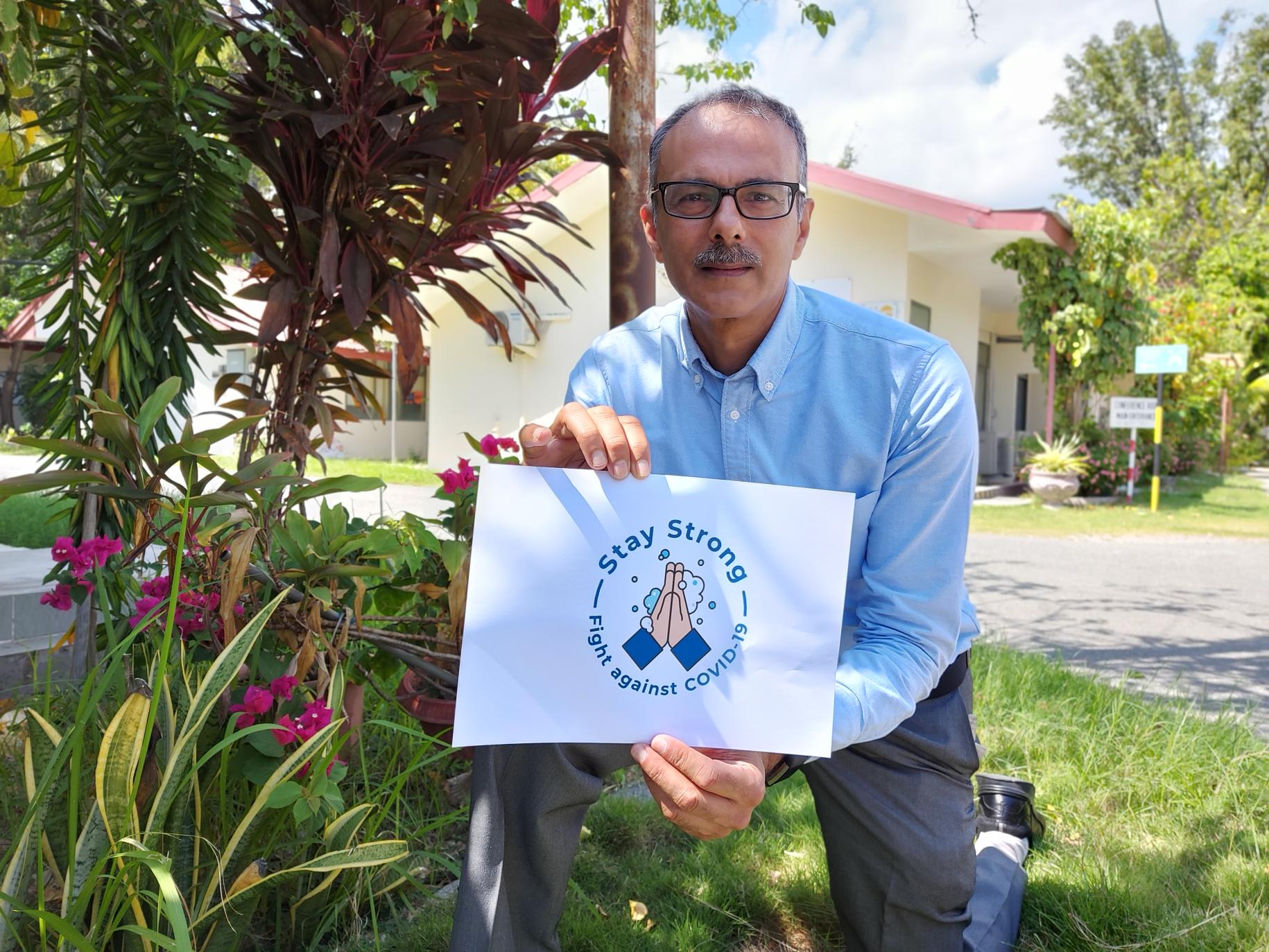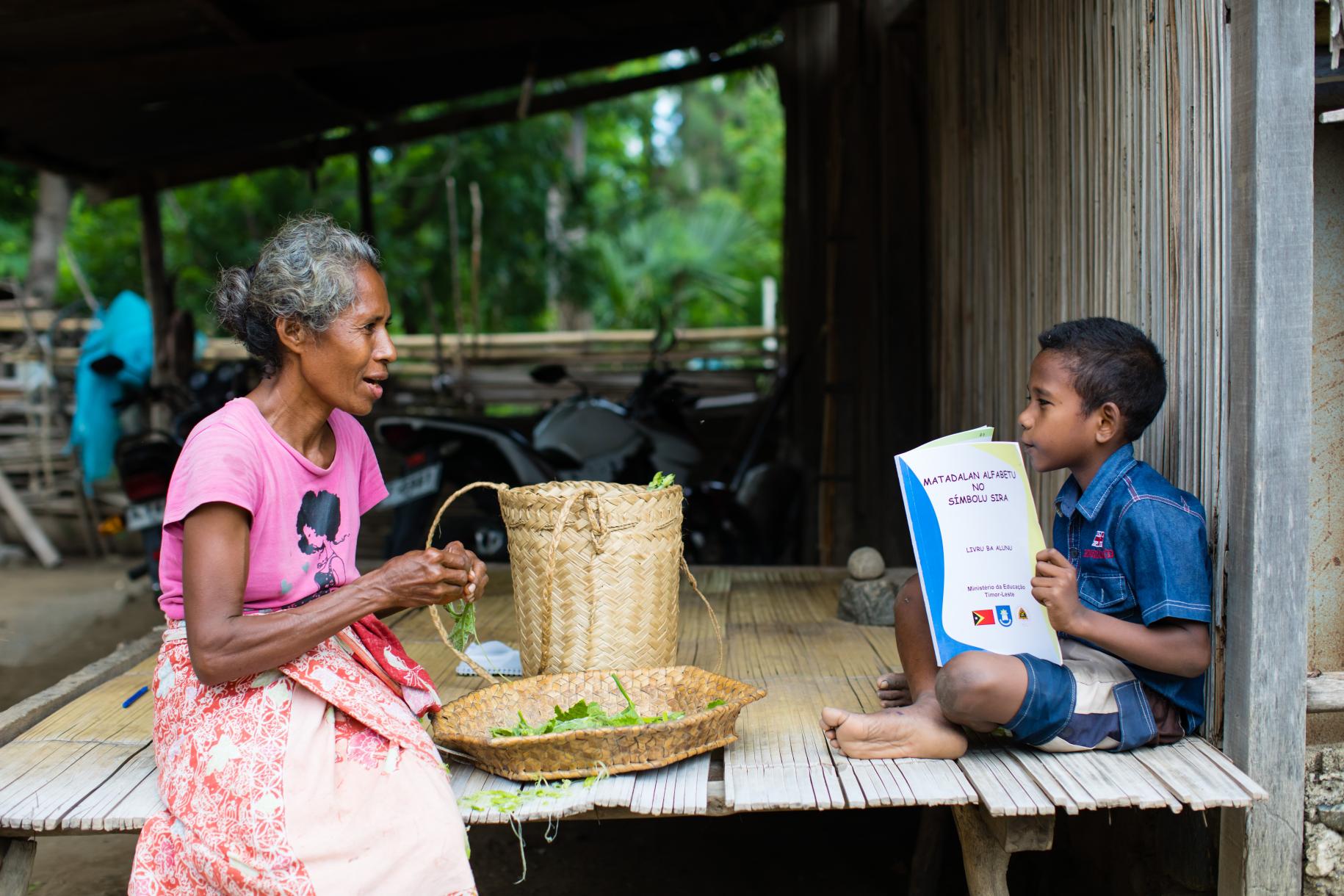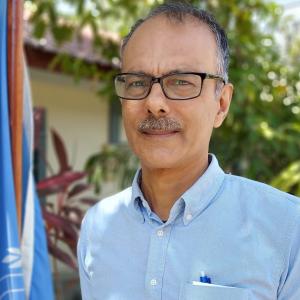Five ways Timor-Leste is better positioned to address long-term development challenges

-
I was recently asked by friends about why I believe Timor-Leste is now in many ways better positioned to address its longer-term development challenges than in 2018, when I started my role as the UN Resident Coordinator.
My starting point for responding to this is to recall the situation in the country in 2018. Timor-Leste entered that year with a ‘mini political crisis’ which saw a minority government without the full confidence of the national Parliament. In January 2018, the Parliament was dissolved, and a new election was called for May, which resulted in a coalition of three political parties who had previously been in opposition. A few months later this coalition splintered. Eventually after the President declined to appoint a new Prime Minister or call for another set of elections, a new constellation of parties formed a government in April 2020.
The result of this impasse was that development progress in the country stalled and implementation of key policies, including the Sustainable Development Goals (SDGs) were delayed. Since that period of political uncertainty, Timor-Leste like most countries, has faced a series of challenges, including the COVID-19 pandemic, followed by the worst-ever flooding in the history of Timor-Leste in April 2021, which exasperated economic, social, and political vulnerabilities and pushed the country into an emergency response mode for three years.
But despite these obstacles, I believe that at the end of 2022, as I prepare to complete my five-year term as Resident Coordinator, it is fair to conclude that thanks to the support of our UN country team, Timor-Leste is now better positioned to address its long-term development challenges. Why?
The first reason relates to the strengthened relationship between our UN country team and the national authorities of Timor-Leste, and the improved access to the UN development system expertise which this entailed.
The basis of this more robust and trusted partnership is the UN Sustainable Development Cooperation Framework (2021-2025) which was developed after a lengthy consultation process I led with the Government, civil society , private sector, academia and other development partners. The Framework set out a roadmap to guide UN activities in Timor-Leste over a 5-year period and provided a platform to focus attention on jointly tackling key development challenges, aligning priorities and avoiding duplication.
Secondly, as a result of this improved coordination, the Government’s ownership of the UN’s joint work has increased – particularly through the engagement of the Cooperation Framework’s Joint Steering Committee (JSC) with membership from key line ministries, the UN and civil society. Through this mechanism, joint programming between the UN and national authorities has expanded, and the Government has taken a leading role in promoting progress across the six strategic areas of the Cooperation Framework.
To tackle the issue of malnutrition and food security example- one of Timor-Leste’s most persistent development challenges- national leaders are coming together with representatives of civil society, private sector and community groups to support the Scaling Up Nutrition movement. At the beginning of December 2022, the UN Assistant Secretary General and Co-ordinator of the movement, Ms Gerda Verburg, will visit Timor-Leste to discuss with this coalition of partners new ways of reaching nutrition targets and address the issue of stunting among children.
Timor-Leste’s positioning around the issue of education and training has also strengthened. This year, Timor-Leste together with other countries around the world participated in the Transforming Education Summit, held in New York in September 2022. For many years, there has been considerable discussion about the quality of education from early childhood development, through primary, secondary and tertiary education. Although we have yet to see how the commitments made by the Government of Timor-Leste and partners to improve the quality of education in the country will be implemented, there is ample evidence that the country now has a clear ‘plan to address this challenge’.

Caption: Outgoing Resident Coordinator of Timor-Leste, Roy Trivedy, has led the UN country team in scaling up the Government's response to COVID-19, including through encouraging preventive measures like hand washing
Photo: © RCO Timor-Leste
Third, is Timor-Leste’s impending accession to ASEAN (Association of Southeast Asian Nations) which has been greeted by leaders from all political parties in the country as a major step forward in shaping the country’s future. Agencies from across the UN country team, including UNDP and expertise from within the Resident Coordinator’s Office, have played a key role in providing practical support to the Government in the accession process. With support from other ASEAN member states, Timor-Leste can gain from and contribute to the ASEAN Economic Community - a market of US $2.3 trillion and 600 million people. The impending accession to ASEAN will enable Timor-Leste to focus much more clearly on products that it can export to (and import from) other ASEAN states in future.
The fourth reason is based on my personal experience seeing the way the national authorities are approaching the country’s graduation from “Least Developed Country (LDC)” status to “Lower Middle Income (LMIC)” status. In 2018 and 2021 when this issue was discussed by the ‘Committee for Development Policy’ (CDC), the level of preparation and engagement by the Government of Timor-Leste was variable. In contrast, this year thanks to the support from UN ESCAP and the broader UN system in Timor-Leste, we saw a much higher level of engagement and preparation by the Timorese authorities for the next time (2024) when the CDC will discuss development challenges the issue of Timor-Leste’s graduation from LDC status.
The final reason I take confidence in the country’s long term development prospects, is the way in which the national authorities and UN country team came together to respond to COVID-19 and the widespread flooding.
Faced with this huge test, our newly introduced development coordination framework quickly sprang into action, responding to these challenges with agility, unity and partnership.
I am proud, for example, of the support we provided the Government in rapidly scaling up the COVID-19 health response, successfully rolling out the national vaccination programme, and conducting two rounds of the UN Socio-Economic Impact Assessment of COVID-19. Similarly, by joining forces to support the national emergency flood response last year, we reached more than 500,000 flood-affected people with humanitarian assistance.

Caption: The UN country team have been supporting the Government of Timor-Leste overcome the issue of malnutrition and stunting- one of the country's most persistent development challenges.
Photo: © RCO Timor-Leste
For the five reasons outlined above, I believe that although our efforts are still ‘a work in progress’ and there is much left to be done, Timor-Leste is now in a stronger position to overcome its development challenges and rescue the Sustainable Development Goals than it was amid the uncertainty of 2018.
This progress now needs to be backed up with resources and continued implementation. The Italian philosopher Voltaire is commonly credited with the quote “Don’t let perfect be the enemy the good”. As I prepare to complete my term as Resident Coordinator in Timor-Leste, this feels a reasonable metaphor for the country’s development progress between 2018 and 2022.
This blog was written by Mr. Roy Trivedy, the outgoing UN Resident Coordinator of Timor Leste. Editorial support was provided by UN DCO.
To learn more about the work of the UN in Timor Leste visit: Timorleste.un.org
Written by



















